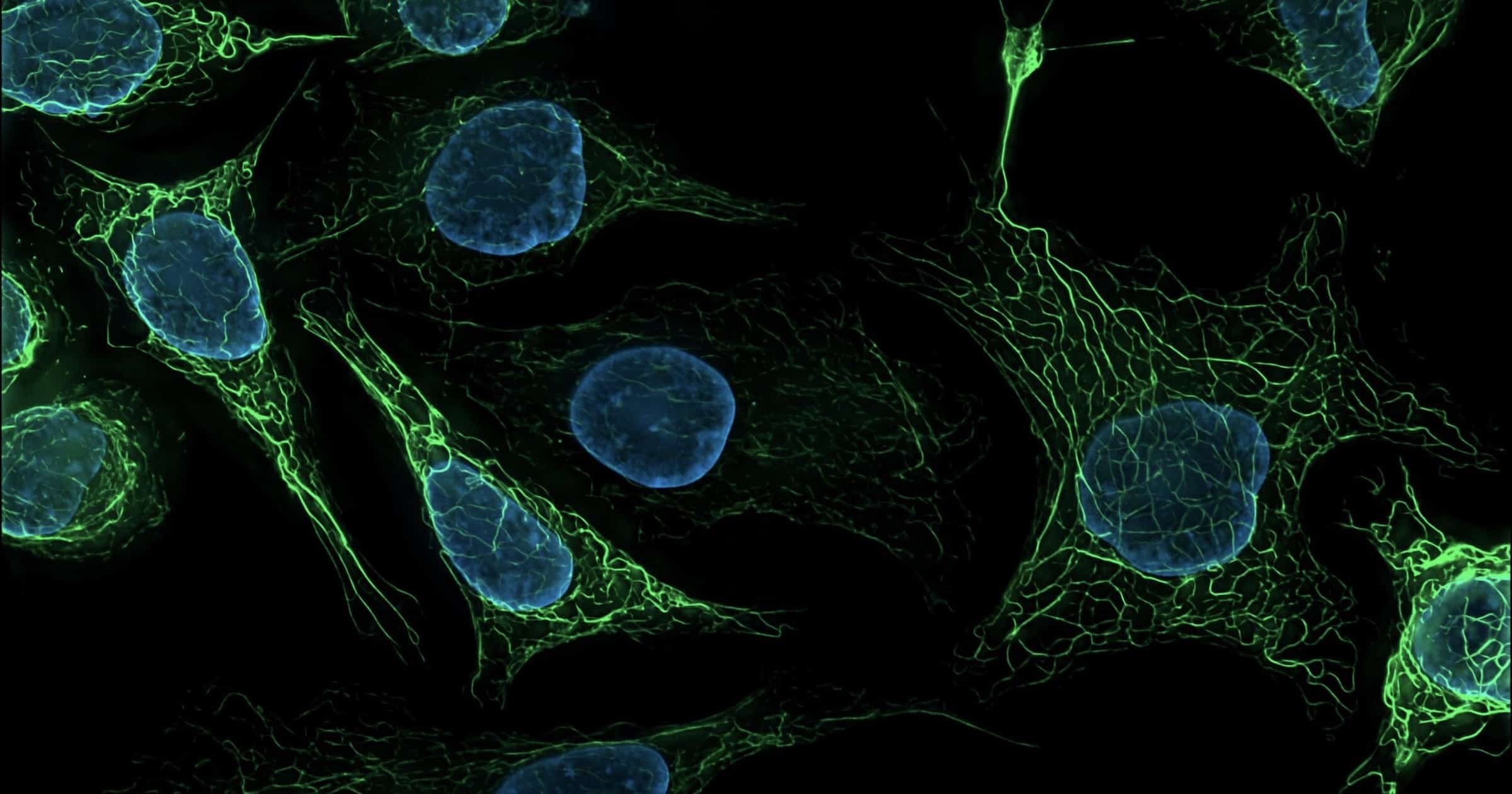 Intelligent Design
Intelligent Design
 Life Sciences
Life Sciences
Mapping the Pleiotropic Network of Human Cells

If you think about how you use English words, you quickly realize that words are polyfunctional. “House,” for instance, can be a noun, a verb, or an adjective (“house music,” “house money,” etc.).
Thus, if you imagine eliminating the word “house” from your daily-use lexicon, a wide range of different propositions would be affected, many having no apparent semantic relation to each other.
Genes and proteins are remarkably similar to natural-language words in this polyfunctional respect. For many decades, “pleiotropy” has been the term describing the multiple-system consequences of genetic mutations to a single locus, where the functional consequences can be wide-ranging, and often surprising in their diversity.
For more on the subject, here is an open access article at Nature Genetics: “Network expansion of genetic associations defines a pleiotropy map of human cell biology.”
